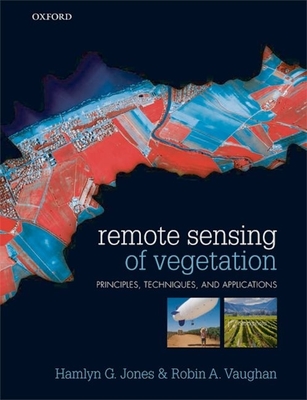You are here
Back to topRemote Sensing of Vegetation: Principles, Techniques, and Applications (Paperback)
$78.30
Email for pricing and availability
Email for pricing and availability
Description
Remote sensing is becoming an increasingly important tool for agriculturalists, ecologists, and land managers for the study of Earth's agricultural and natural vegetation, and can be applied to further our understanding of key environmental issues, including climate change and ecosystem management. This timely introduction offers an accessible yet rigorous treatment of the basics of remote sensing at all scales, illustrating its practical application to the study of vegetation. Despite a quantitative approach, the advanced mathematics and complex models common in modern remote sensing literature is demystified through clear explanations that emphasise the key underlying principles, and the core physical aspects are explained in the biological context of vegetation and its adaptation to its specific environment. Various techniques and instruments are addressed, making this a valuable source of reference, and the advantages and disadvantages of these are further illustrated through worked examples and case studies. DT Rigorous physical and mathematical principles presented in a way readily understood by those without a strong mathematical background DT Boxes throughout summarize key information and concepts DT The student is directed to carefully chosen further reading articles, allowing them to explore key topics in more detail Online Resource Centre
The Online Resource Centre to accompany Remote Sensing of Vegetation features: For Students:
DT Links to useful websites For lecturers:
DT Figures from the book in electronic format, ready to download.
About the Author
Hamlyn G. Jones has been Professor of Plant Ecology at the University of Dundee since 1997, where his current research concentrates on aspects of micrometeorology and plant interactions with their environment (especially their responses and adaptations to environmental stresses). A major part of this work involves the development of remote sensing approaches to the study of energy and mass exchange by plant canopies, and the remote study of canopy structure. He has published a major text on 'Plants and microclimate', together with four jointly edited proceedings and over 110 articles in refereed journals. Robin Vaughan moved to the University of Dundee in 1965 as a solid state physicist and in 1991 was appointed senior lecturer in the Electronic Engineering and Physics Division. In 1995 he was elected a Fellow of the Remote sensing Society. He has written numerous books and articles and is now course director of the Dundee MSc course on Remote Sensing, Image Processing and Applications.
